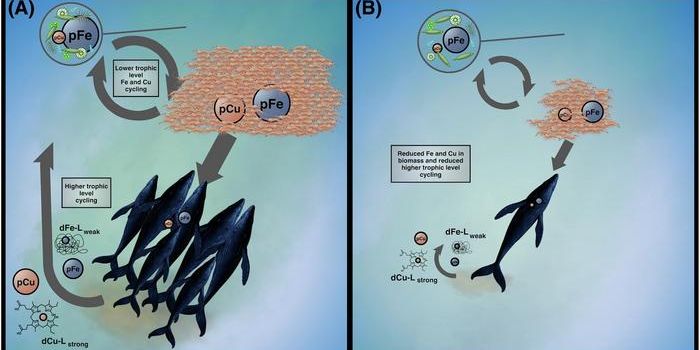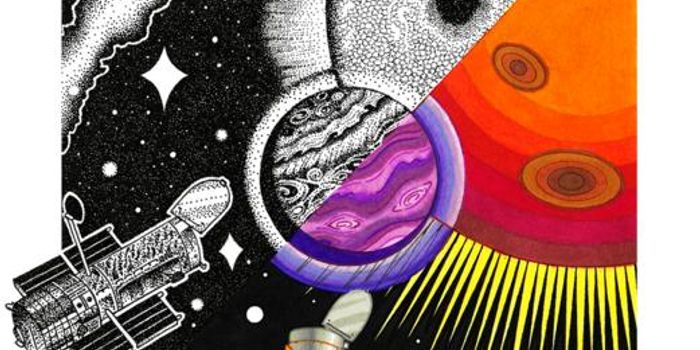Detecting Chemical Weapons with Flies
Forgot expensive mechanical detectors; the newest innovation in chemical weapons is blowflies.
Students led by Nick Manicke, associate professor of chemistry and chemical biology and forensic and investigative science at Indiana University-Purdue University Indianapolis, have discovered a new use for the unique properties of the blow flys’ intestines: chemical agent detection. Published in Environmental Science and Technology, the project was funded by a contract from US Defense Advanced Research Projects Agency.
Chemical weapons are chemicals deployed to cause intentional death or harm through toxic properties. Although banned, they still have been used in recent conflicts like the Syrian civil war and possibly even in Ukraine. Scientists need a better way to detect chemical agents without sending individuals into harm’s way—and that’s where blowflies come in.
Calliphoridae, known by their common names blowflies, carrion flies, or greenbottles, have around 1,200 known species that flock to carrion because they can smell dead animals from a mile away. They are also surprisingly good at sampling environments because the matter they eat is preserved well enough in their guts that scientists can learn important things about the habitat.
Agents from chemical weapons get broken down in the environment, so if a fly drank water that had chemical warfare agents hydrolyzed in the water, researchers could detect that from chemicals in the fly's guts.
That’s what the team did, using mass spectrometry to measure the chemicals in blow fly’s guys after exposure to chemical agents in an environment. Through a series of tests, the researchers were able to determine how different environmental factors would impact the detection of the agents in blowflies.
Chemical warfare agents don’t stay preserved in the environment for a long time, but they can be detected in flies’ guts for up to two weeks. This makes them a much safer alternative for sampling areas that may have been exposed to chemical weapons.
"If an area is too dangerous, too remote, or in an access-restricted area -- or if one just wanted to collect samples covertly -- then one just needs to put out some bait, and the flies will come to the bait," Manicke said. Everywhere there are humans, there are blowflies, so there isn’t a shortage of them either.
The advantage of this method is that researchers can obtain samples from remote or access-restricted areas without risking lives. The team’s next project will be funded by the Army Research Office on Environmental Chemistry to use blowflies to detect residue from insensitive munitions, which are weapons that aren’t likely to detonate on accident but deposit more chemicals in the environment.








